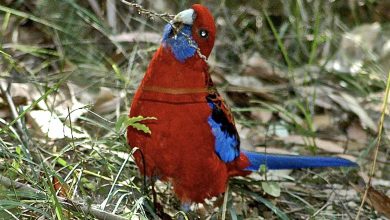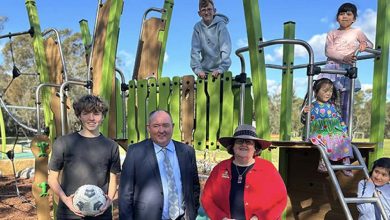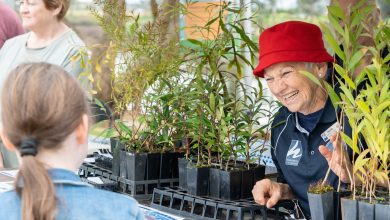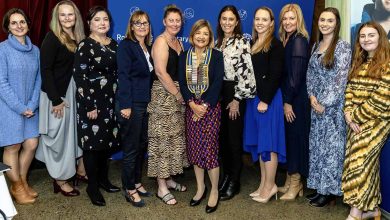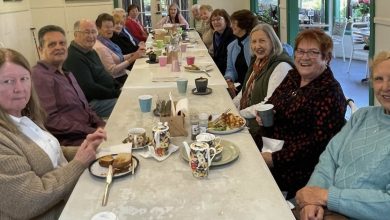Masonic School’s Best Location
What do Ned Kelly, Gough Whitlam and the William Thompson Masonic Schools have in common?
As we all know, November 11 is called “Remembrance Day” as the day that World War 1 ceased. It is also a day that other events have also gone down in Australian history. Ned Kelly’s reign as an outlaw and bushranger came to an end in 1880 on that date when he was hanged for his crimes.
Former Prime Minister Gough Whitlam was dismissed by the Governor-General in 1975, and 1922 saw the official opening of the William Thompson Masonic Schools exactly 100 years ago this year.
William Thompson, after whom the school was named, was a Brother (Member) of the Masonic Lodge who had selected the land which had formerly formed part of a land grant of 30 acres to George Best by Governor John Hunter in 1796. George Best went on to increase his land holdings to 805 acres by 1828 between Seven Hills Rd and Junction Road. George Best died in 1833.
William Thompson had been looking for land upon which to build a home for children of Masons who had lost their lives in World War 1 and he selected the land for its healthy location and productivity. William Thompson Hall at the rear of the school’s administration building is named in his honour.
At the time of acquisition by the Masonic Lodge the Best farm was described as a 168 acre “run- down dairy farm” and was sold to the Freemasons for 4,500 pounds and included George Best’s original farmhouse which was demolished in 1922.
William Thompson, as well as being a Freemason, was also an architect and a Liberal politician. The foundation stone for the school was laid in February 1922 and, as stated, the official opening took place on the 11th November of that year.
Whilst the school was named after the Freemason who founded the school, the bestknown building and personage associated with the school was perhaps Rubert Cropley after whom Cropley House is named.
Rubert was a boot retailer who relinquished this role to undertake the honorary position of Superintendent of the Masonic School. Together with his wife, Beatrice Ada Evans, they dedicated the rest of their lives to the care and welfare of needy children. Their only child, John Thomas Cropley had died at the age of 6 in 1914.
During World War ll the school was converted to a Military Hospital with the Army moving in by September 1942. It had 700 beds by January 25th 1943 and the Army also erected additional buildings, which, when completed, enabled the hospital to add additional beds so that it came closer to the original 1200 beds originally proposed back in February 1942. Much damage occurred during the occupation by the Army whilst using it as a hospital.
The repair bill came to 58,741 pounds, of which the Army paid 50,000 pounds in compensation. The school officially re-opened in November 1947. By 1974 many of the buildings were in need of repair. It was decided to phase out the school and sell the property.
The Hills Shire Council eventually purchased the site, selling off some of the lands for housing and the M2 motorway, whilst retaining much for land for community use in the way of sporting fields. Heritage buildings were also retained as accommodation for community groups.
You will find amongst the buildings the Museum established by The Hills District Historical Society which showcases how the Hills District has changed over the decades. The Museum features a school class room and an extensive photographic collection as well as research facilities and books for sale.
Another of the buildings houses our local radio station Alive 90.5 whilst other buildings house a mixture of community groups[/vc_column_text][/vc_column][/vc_row]



